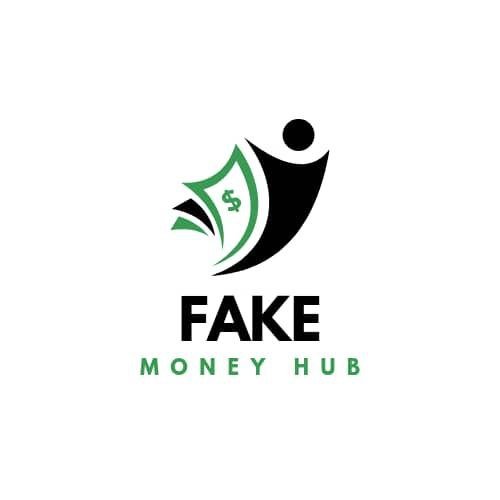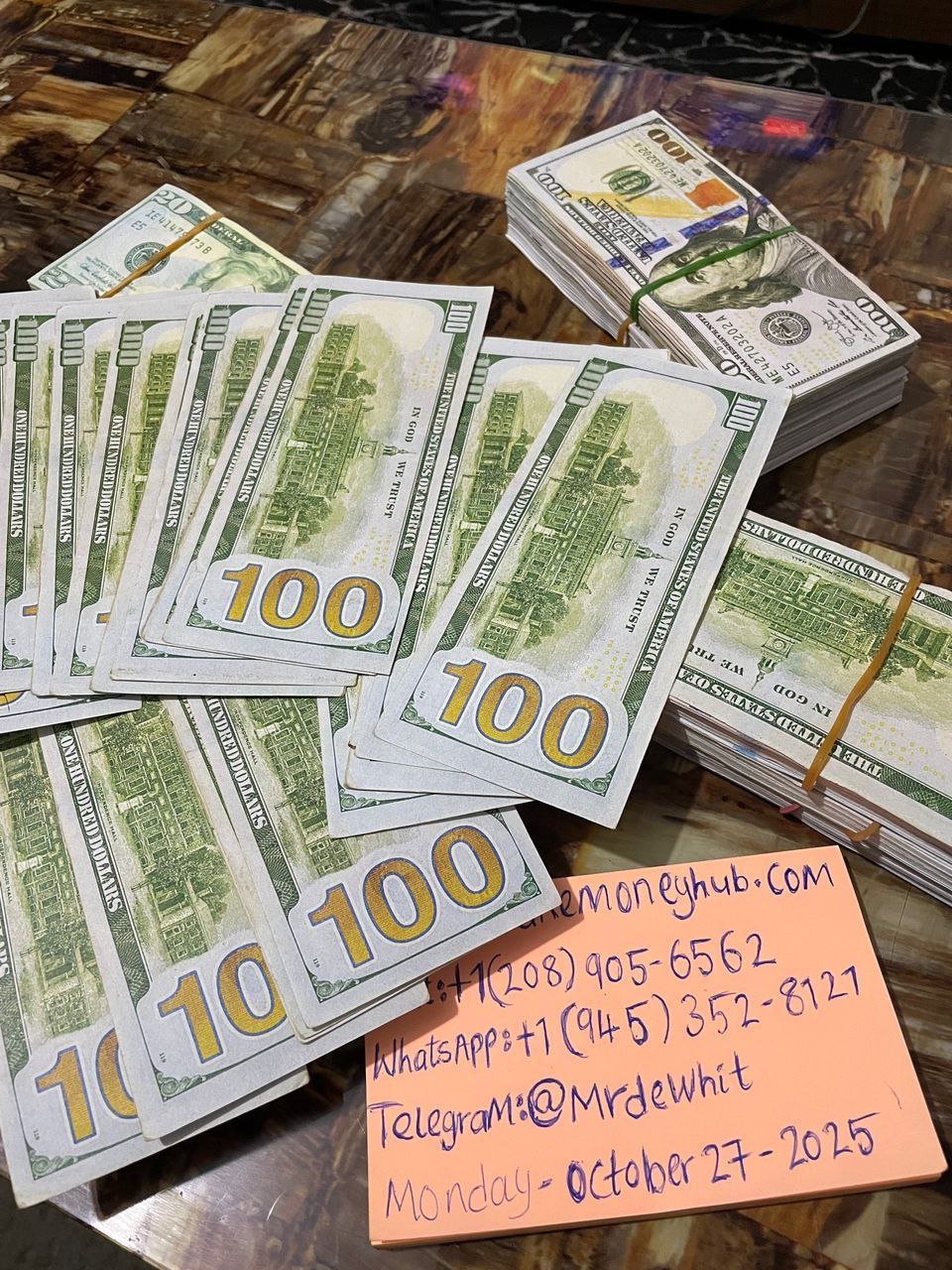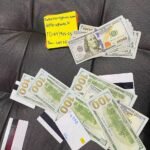High-quality Counterfeit Money U.S. currency gets into the country in several ways — it’s produced both abroad and domestically, smuggled or passed through normal cash transactions, and distributed by criminals through businesses, ATMs, and person-to-person exchanges.
Below I’ll explain the main production and distribution routes, how criminals pass fakes, how to spot them, what to do if you find one, and how businesses can reduce risk.
Note: I can’t fetch live statistics or recent cases right now because web access is disabled, so the following is a general overview based on established practices and known enforcement approaches.
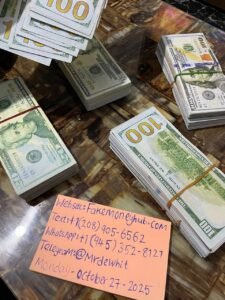
How counterfeit money is produced
-
Foreign printing operations. Sophisticated counterfeits have historically been produced overseas by criminal groups using professional printing presses and high-quality paper/inks.
-
Domestic printing. Small gangs or lone criminals use high-resolution scanners, color laser printers, and home/office equipment to produce low- to mid-quality fakes.
-
Alteration of genuine notes. Methods include bleaching low-denomination notes and reprinting them as higher denominations or altering numerals/marks on a genuine bill (less common with modern notes).
-
Digital reproduction & dark web. High-resolution scans and digital design files (sometimes traded on illicit marketplaces) can be used to reproduce notes or print plates.
How High-quality Counterfeit Money gets into circulation
-
Retail and service transactions. Fake bills are handed to cashiers in stores, restaurants, gas stations, taxis, etc. Busy or undertrained staff may fail to detect them.
-
Banks and deposit channels. Counterfeit notes can be deposited at banks or through ATM deposits; sometimes they circulate into deposit batches before detection.
-
Casinos, vending machines, laundromats, and change machines. Any high-cash business is a target because cash moves quickly.
-
Person-to-person exchanges & peer marketplaces. Buying/selling in person or at meetups, or exchanging cash for goods, is an easy route.
-
Mail and cross-border smuggling. High-quality fakes produced abroad can be shipped into the country or carried by couriers.
-
Criminal networks & money laundering. Counterfeit distribution is often tied to other illegal activity; criminals will try to launder counterfeit cash through front businesses or multiple transactions.
How criminals try to make fakes work
-
Select busy times and distractions. Passers target peak-hours or distracted employees.
-
Change-making tricks. Pay with a counterfeit $50−$100 and quickly ask for change so the fake is mixed into till cash.
-
Layering across transactions. Spread counterfeit bills across many small transactions so each merchant sees only a few fakes.
-
Exploiting low-security features. Use denominations or older series with fewer visible security features, or target places that rarely verify bills (small vendors, tips, etc.).
How to spot counterfeit U.S. currency (practical checks)
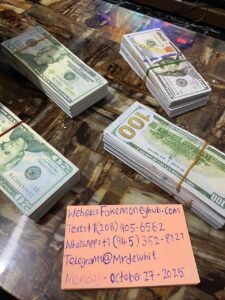
-
Feel the paper. Counterfeit Money uses a distinct cotton/linen blend and raised printing; modern office paper feels different.
-
Look for the security thread. Embedded vertical thread that glows under UV and states denomination. (Location varies by denomination.)
-
Watermark. Hold the bill to light — portraits or denomination watermark should be visible from both sides.
-
Color-shifting ink. Tilt the bill — the numeral in the lower right on many denominations shifts color.
-
3-D security ribbon (on $100). A blue woven ribbon with moving bells/100s when tilted.
-
Microprinting and fine detail. Use a magnifier — small text and sharp portrait details are hard to replicate with copiers.
-
Portrait quality and borders. Smudged portraits, fuzzy borders, or uneven printing are red flags.
-
Compare to a known genuine bill. When unsure, compare suspicious bills to a real one of the same denomination and series.
What to do if you receive a counterfeit bill
-
Do not return it to the passer (if you suspect who gave it to you). Don’t try to pass it on.
-
If in a business: politely say you think the bill is counterfeit, keep the bill secured, note the date/time/transaction and any description of the person, and contact law enforcement.
-
If at a bank: hand it to a teller and ask them to follow bank protocols.
-
Report to authorities: In the U.S. the Secret Service is the federal agency that investigates currency counterfeiting; local police can also take reports. Keep all details (where/when/how you received it, any suspects).
-
Do not destroy evidence (unless told to by an investigating officer). Write “Suspect Counterfeit” on the bill and record serial number if possible, but follow law enforcement advice.
Prevention steps for businesses
-
Train staff to check large bills and common fakes; run regular refresher training.
-
Use detection tools: counterfeit pens (limited), UV lights, counterfeit-detection machines, and currency validators for ATMs/vending. Note: pens can be fooled by certain paper.
-
Change-management: limit exposure to large cash amounts, require manager checks for bills over a threshold, and log suspect bills.
-
CCTV and visible signage to deter repeat offenders.
-
Encourage electronic payments to reduce cash handling.
-
Work with banks to deposit and identify suspect items promptly.
Legal consequences
Counterfeiting U.S. currency and knowingly passing counterfeit money are federal crimes with serious penalties (prison and fines). Because it’s a federal offense, the U.S. Secret Service typically leads investigations.
